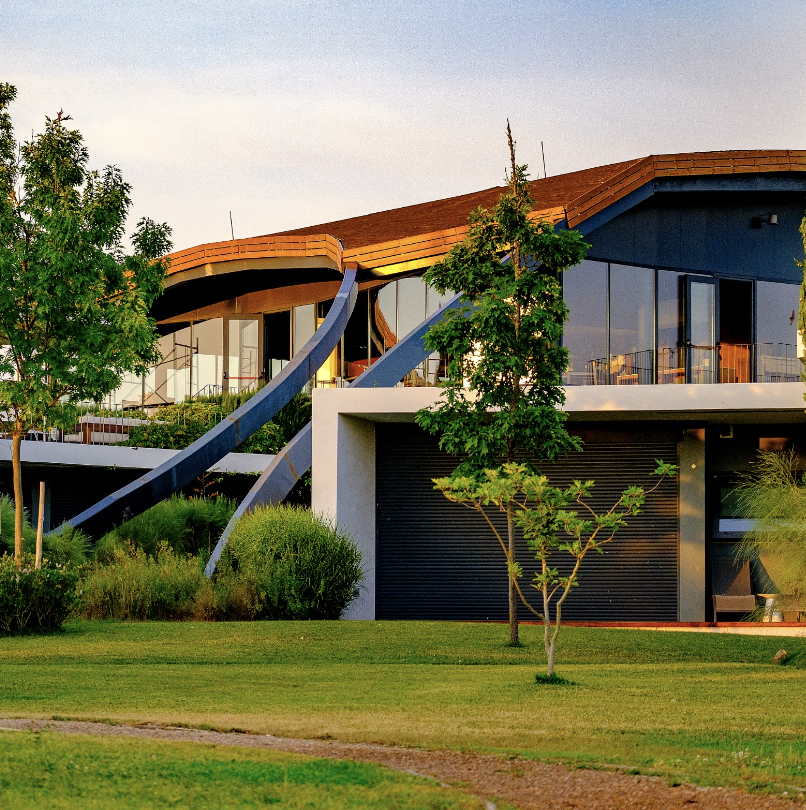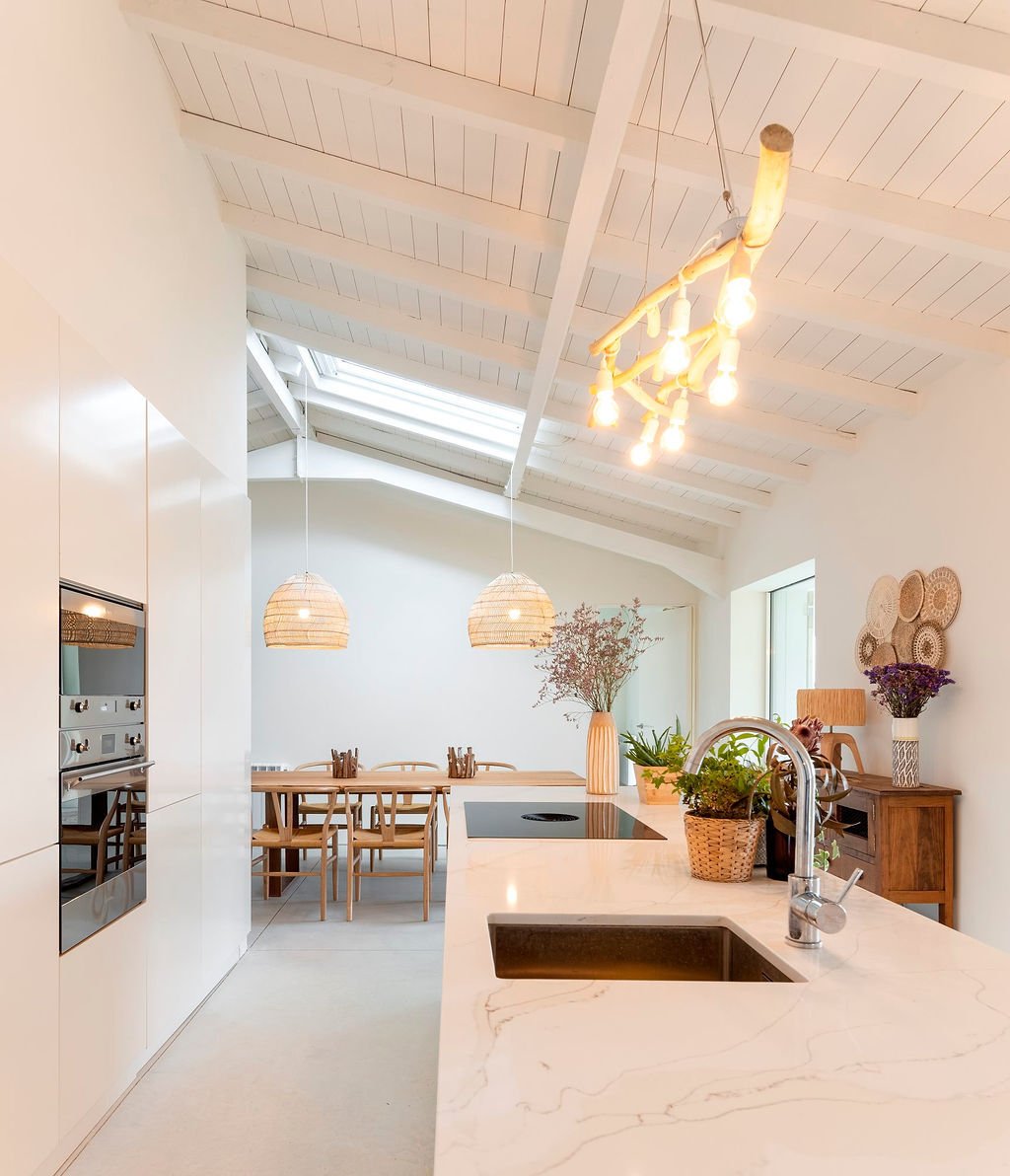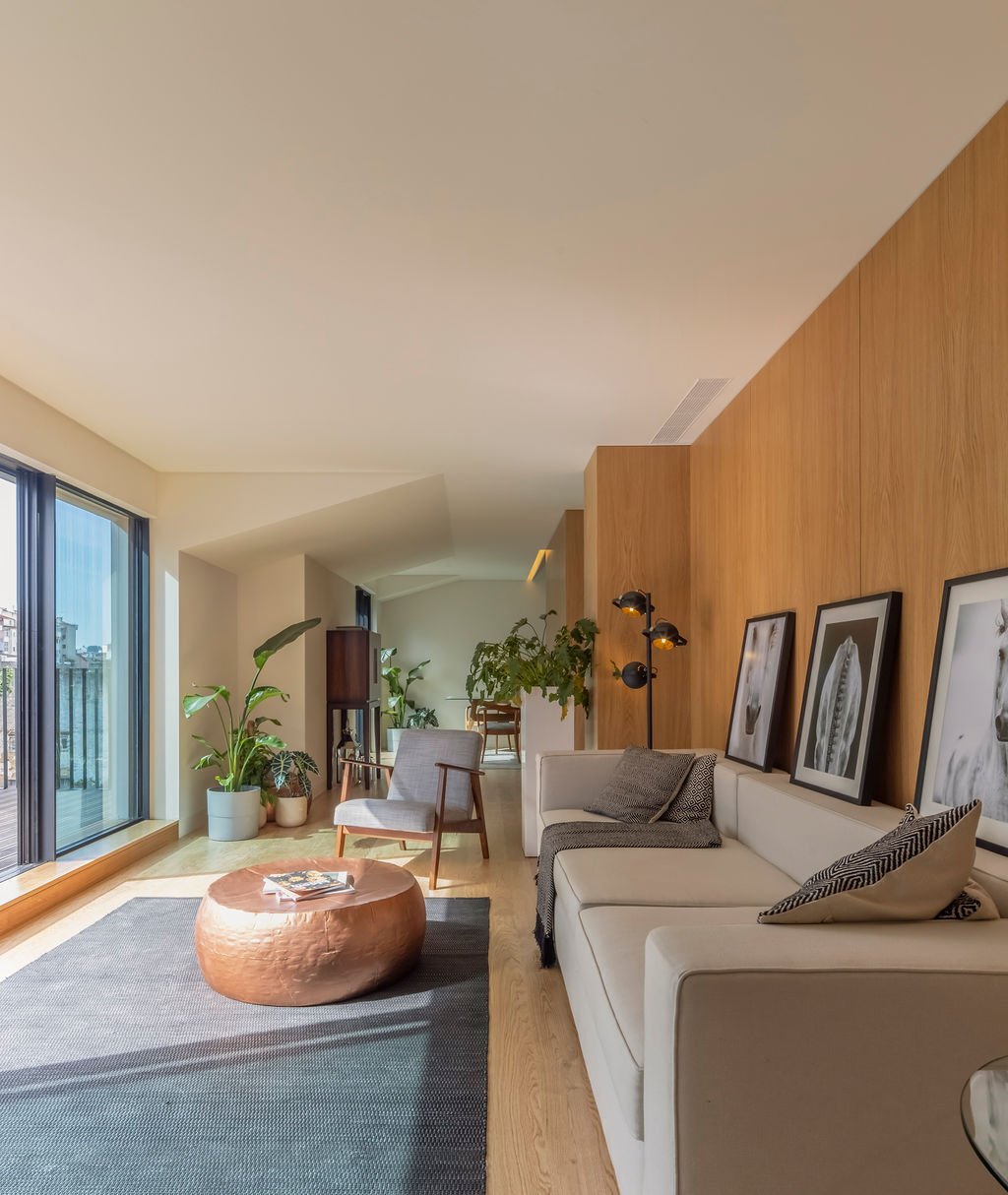A ascensão do design de bem-estar
Alto da Bonita
A ascensão do design de bem-estar é uma tendência que tem ganhado cada vez mais destaque na arquitetura contemporânea. O termo pode ser relativamente recente, mas o princípio por trás dele é baseado em técnicas históricas de design que sempre tiveram em mente o impacto do ambiente construído na saúde e no bem-estar das pessoas.
O design de bem-estar é uma abordagem multidimensional que não só considera aspectos físicos, como também emocionais e psicológicos do ser humano. O foco passa por desenvolver espaços que promovam a saúde, o conforto e o bem-estar das pessoas que os utilizam.
Este tipo de design é capaz de conceber edifícios que acolhem esta definição multidimensional, criando ambientes que melhoram a qualidade de vida e o bem-estar dos seus utilizadores.
Design Biofílico
Herdade da Cortesia Hotel
Uma das principais áreas em que o design de bem-estar tem um grande impacto é no campo da arquitetura biofílica.
A arquitetura biofílica envolve a incorporação de elementos naturais em espaços interiores e exteriores, criando ambientes que se assemelham ao mundo natural.
As vantagens do design biofílico são amplamente conhecidas e documentadas, incluindo a redução do stress, aumento da produtividade e melhorias na saúde mental e física.
Por exemplo, um espaço de escritório que possui paredes verdes e plantas vivas proporciona um ambiente mais calmo, reduzindo o nível de ansiedade dos trabalhadores e melhorando a qualidade do ar.
Outro exemplo é a criação de jardins internos em hospitais, que podem ajudar na recuperação dos pacientes.
Para aplicar o design biofílico num projeto arquitetónico, é importante pensar na forma como se vai incorporar elementos naturais em diferentes áreas, como paredes, pisos, teto e iluminação.
Design Salutogénico
Residências HUG Campo
O design salutogénico é uma abordagem que pretende criar espaços que promovam a saúde e o bem-estar. Pode incluir a incorporação de espaços verdes, a utilização de materiais não tóxicos e a escolha de cores relaxantes.
O objetivo passa por criar ambientes que ajudem as pessoas a tornarem-se mais resilientes e capazes de lidar com o stress.
Um exemplo de aplicação do design salutogénico é a criação de espaços verdes em centros urbanos. As áreas verdes ajudam a melhorar a qualidade do ar e a reduzir o stress, promovendo a saúde física e mental das pessoas.
Outro exemplo é a utilização de cores relaxantes em hospitais e clínicas, que podem ajudar os pacientes a sentirem-se mais confortáveis e relaxados.
Design de Iluminação
Casa do Cercal
O design de iluminação é um tipo de design de bem-estar que procura criar ambientes que utilizem luz natural e artificial de maneira eficiente.
Isso pode incluir a utilização de lâmpadas LED, que são mais eficientes do que as lâmpadas tradicionais, e a utilização de sistemas de controlo da iluminação. O objetivo é criar ambientes que sejam mais saudáveis e confortáveis para as pessoas.
Um exemplo de aplicação do design de iluminação é a utilização de luz natural em espaços interiores. A luz natural é mais saudável do que a luz artificial e pode ajudar as pessoas a sentirem-se com mais energia.
Outro exemplo é a utilização de luzes ajustáveis em ambientes de trabalho, permitindo que os funcionários ajustem a iluminação de acordo com suas necessidades individuais.
Design de Material
Edifício Campo de Ourique
Os ambientes e superfícies de materiais interiores têm tendência a apresentar fungos, mofo ou poluentes do tipo molecular como alergénios que podem ter origem em roedores e animais de estimação.
Outros perigos escondidos incluem o CO2 e os Compostos Orgânicos Voláteis (COV) que têm origem em materiais de construção, mobiliário doméstico ou material de limpeza. Todos estes poluentes podem ser prejudiciais para a saúde física e mental, ainda mais se se acumularem.
As formas mais eficazes de mitigar a propagação de poluentes no interior é através da escolha de materiais de construção modernos, não tóxicos e sustentáveis, criados propositadamente para uma construção e utilização seguras em casa - o que promove a saúde física, mental e ambiental.
Para serem capazes de melhorar plenamente a saúde humana e o bem-estar dentro de casa, os edifícios têm de ser concebidos com uma abordagem diferente. Ao otimizar parâmetros como luz, materiais, ventilação, espaço verde e coerência, a arquitetura pode apoiar a saúde mental e física de uma forma holística.
O futuro vai trazer ainda mais avanços na área da saúde e do design de bem-estar, e assim colocar os arquitetos na vanguarda do bem-estar colectivo.






